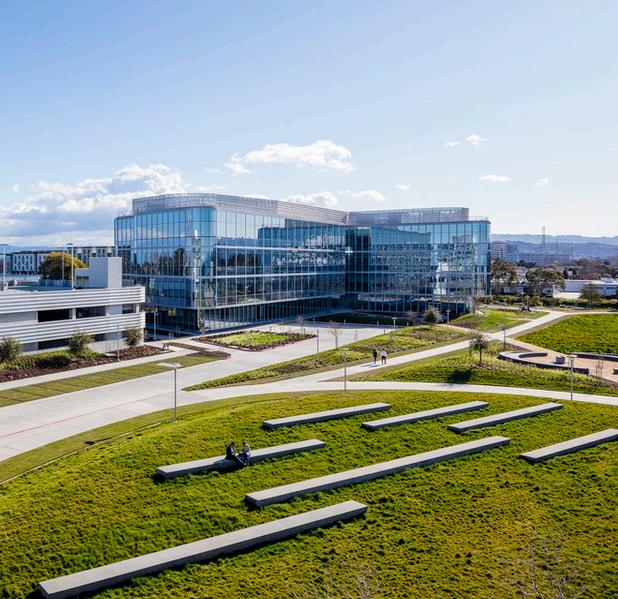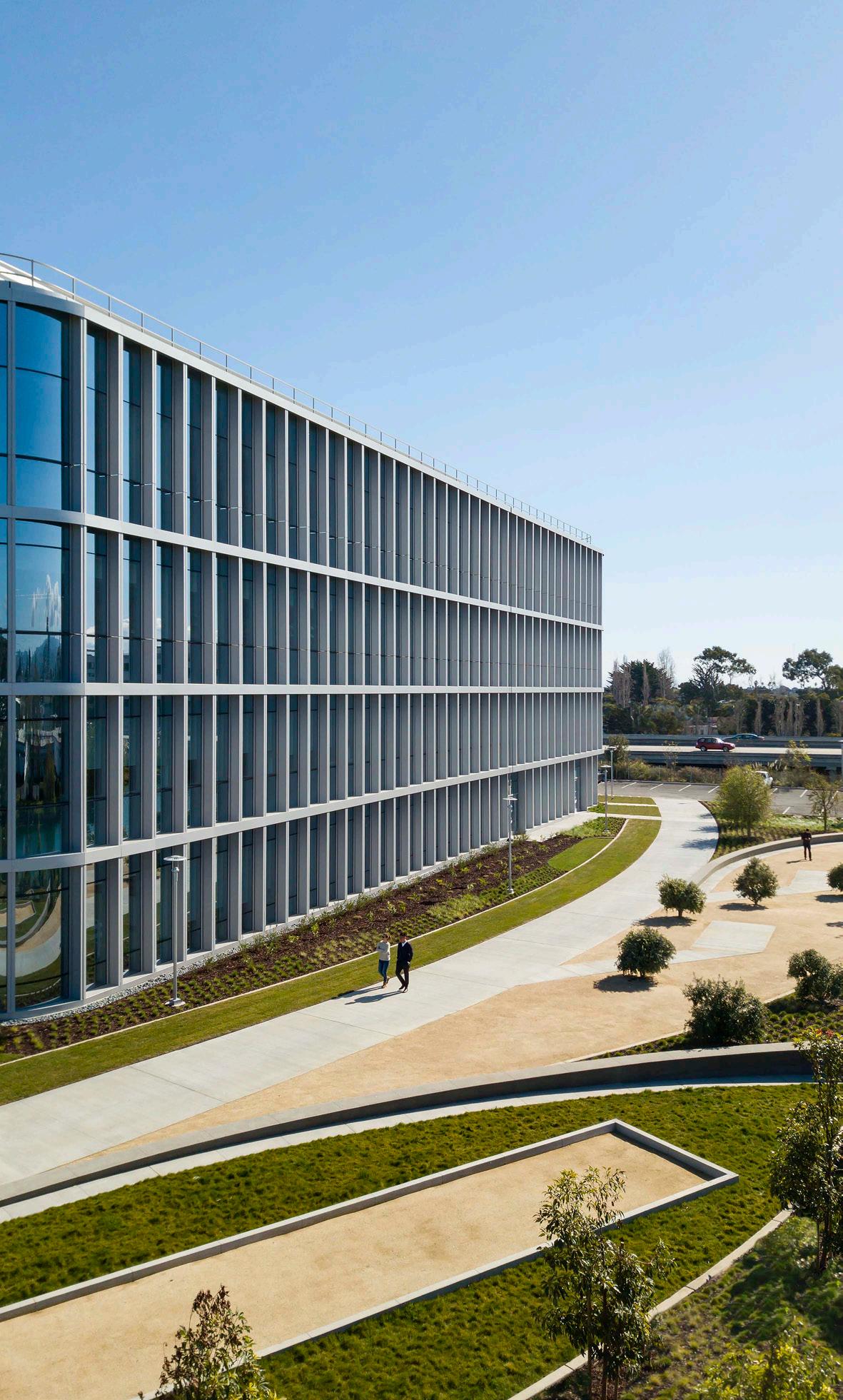
1 minute read
TRANSFORMING LIFE SCIENCES
Because Commercial Life Sciences facilities are rapidly becoming popular tools for fostering commercialization of science and technology, finding the right set of planning and design solutions requires an experienced design team that has worked with the full range of these issues and know what makes these facilities function most effectively.
As young companies grow, they need more room than can be provided in an incubator space, so the speculative laboratory allows a startup to grow into the next step of their business.
Developing these lab facilities involves a multilayered series of analysis and planning tasks that develop data on both strategic/operational and physical issues, the conclusions from which form the basis of effective planning.
There are unique issues related to target occupancy, building cost, financing, construction schedule and occupancy targets, appropriate levels and costs of utilities and building infrastructure, building efficiency and flexibility – all for oftenunidentified tenants.
Flexible arrangements are necessary to accommodate different tenants. This facility type gives companies the flexibility to take portions of a building, and have options for future growth if needed.
When developing these lab facilities, HOK works to ensure that we build the right space, with the right amount of flexibility for future tenants and the right mix of floor plates, types of research spaces and amenities to support your initial investment.
BioMed Realty Lincoln Centre Campus
FOSTER CITY, CALIFORNIA
For this project, HOK was able to double the FAR/ Density of the site via a multi-year entitlement with Foster City. We satisfied the city and community that prospective tenant, Illumina, would significantly benefit Foster City through jobs, innovation, open space, tax base, ecology, sustainability, and transportation.













